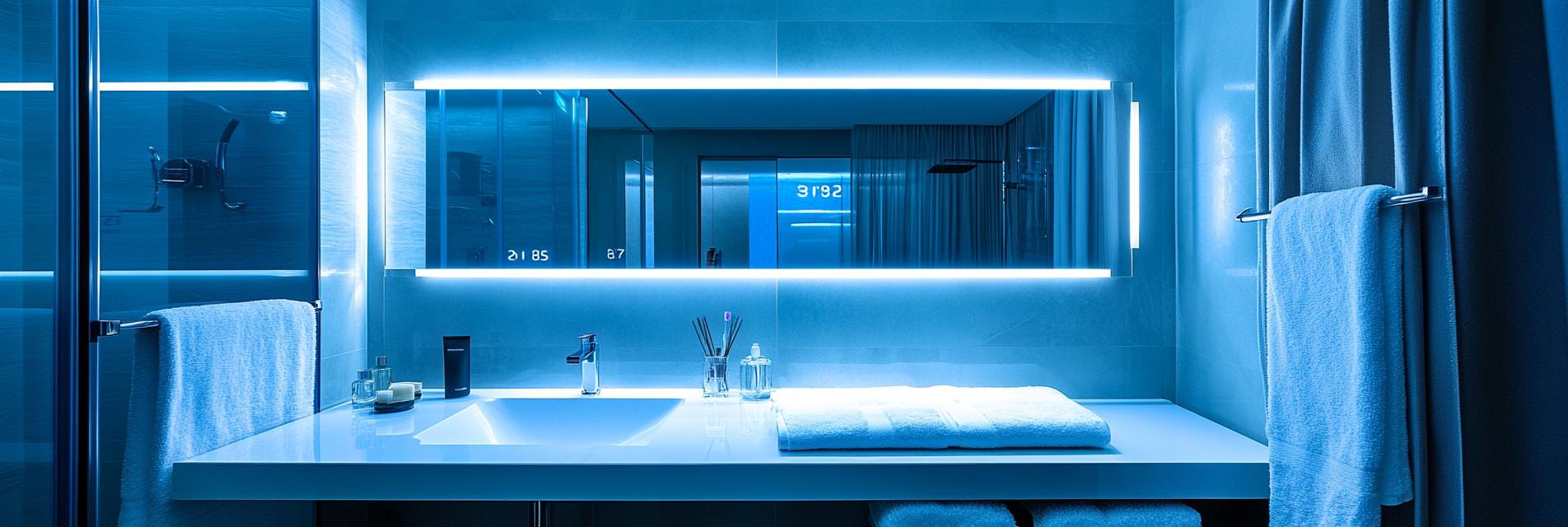In the world of industrial manufacturing, achieving optimal thermal performance is essential. Industrial furnace linings play a pivotal role in ensuring the durability and efficiency of high-temperature processing equipment. This article delves into the significance of these linings, their materials, and recent advancements.
Furnace linings are designed to withstand extreme heat while providing insulation to the furnace structure. A well-maintained lining can significantly enhance thermal efficiency, reduce energy consumption, and prolong the operational life of the furnace. Properly chosen materials protect the furnace from damage caused by thermal expansion, corrosion, and mechanical stress.
Recent developments in high-temperature materials and refractory solutions have led to more effective linings. New formulations improve thermal stability and resistance to wear, which translates to improved performance in various industrial applications. Industries ranging from metallurgy to ceramics have benefited from these innovations, adapting their processes to take full advantage of enhanced refractory technologies.
Industrial furnace linings are utilized in a variety of sectors. For example, the steel manufacturing industry relies heavily on these linings to ensure the safe and efficient operation of blast furnaces. Similarly, manufacturers of glass and ceramics utilize advanced refractory materials to maintain the integrity of their high-temperature equipment.

In conclusion, the evolution of industrial furnace linings is crucial for achieving better thermal efficiency and operational longevity in various manufacturing processes. As technology advances, it is essential for industry professionals to stay updated on the latest materials and solutions to optimize their operations effectively.
Ay implementing the latest advancements in refractory materials, industries can achieve significant cost savings and improve their overall productivity.



.jpg?x-oss-process=image/resize,h_800,m_lfit/format,webp)



.jpg?x-oss-process=image/resize,h_800,m_lfit/format,webp)



